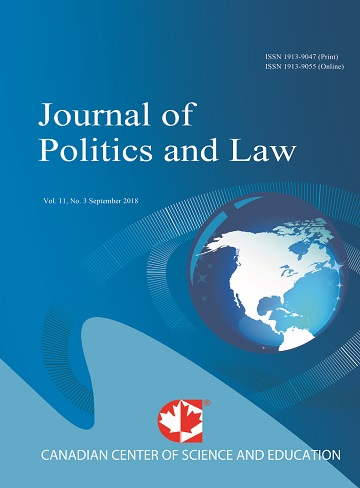Polarization, Inequality, and the State Legislatures
- David May
- Kevin Pirch
Abstract
While legislative polarization at the national level has been carefully examined and largely explained, the causes of polarization in state legislatures have been more elusive. Studies examining factors such as gerrymandering and party primaries as possible explanations have found largely undetectable or at best very modest relationships between these variables and levels of polarization. This paper provides an explanation of state legislative polarization based on socio-economic and demographic factors within the states. Economics and demographics have long played a significant role in understanding party choice, vote choice, the decision to abstain or vote, and support for various policies. Because of this we explore if these factors also influence polarization of state legislatures. Utilizing the Shorr-McCarty polarization data for state legislatures, which provides the differences between the mean Democratic and Republican legislator scores, and controlling for important economic and demographic factors, we explain a significant amount of the polarization existing in state legislatures. These findings present a fascinating look into not only the root causes of polarization in state legislatures, but also point to some fundamental differences in politics and ideology at the state and national levels.- Full Text:
 PDF
PDF
- DOI:10.5539/jpl.v9n4p115
Journal Metrics
h-index (2017): 14
i10-index (2017): 39
h5-index (2017): 9
h5-median (2017): 11
Index
- Academic Journals Database
- ACNP
- ANVUR (Italian National Agency for the Evaluation of Universities and Research Institutes)
- Berkeley Library
- CNKI Scholar
- COPAC
- CrossRef
- DTU Library
- EBSCOhost
- Elektronische Zeitschriftenbibliothek (EZB)
- EuroPub Database
- Excellence in Research for Australia (ERA)
- Genamics JournalSeek
- GETIT@YALE (Yale University Library)
- Ghent University Library
- Google Scholar
- Harvard Library
- HeinOnline
- INDEX ISLAMICUS
- Infotrieve
- Jisc Library Hub Discover
- JournalGuide
- JournalTOCs
- LOCKSS
- MIAR
- Mir@bel
- NewJour
- Norwegian Centre for Research Data (NSD)
- Open J-Gate
- PKP Open Archives Harvester
- Publons
- Pubmed journal list
- RePEc
- ROAD
- Scilit
- SHERPA/RoMEO
- Standard Periodical Directory
- Stanford Libraries
- UCR Library
- Ulrich's
- UniCat
- Universe Digital Library
- UoS Library
- WorldCat
- Zeitschriften Daten Bank (ZDB)
Contact
- William TaiEditorial Assistant
- jpl@ccsenet.org
